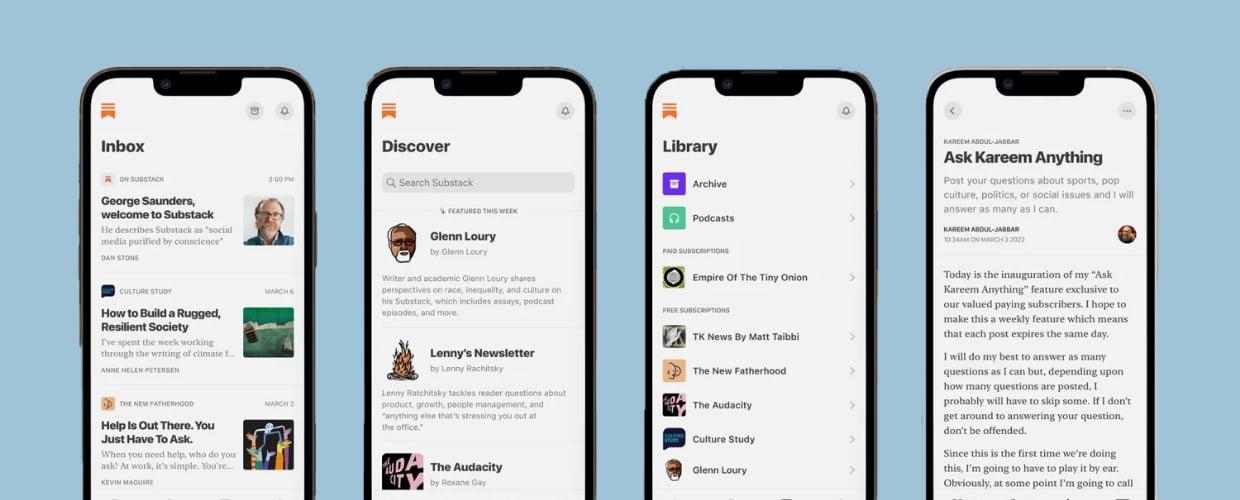Even in our increasingly digital world, traditional media relations remain a pivotal piece of the marketing pie. Today’s savvy marketers look at earned media, such as articles or bylines, as part of a comprehensive strategy comprised of earned media, owned media (e.g. website, social media profiles) and paid media (e.g. advertising). Together these three components work to boost SEO, increase web traffic and drive results. While all elements are essential to your overall strategy, today let’s focus on earned media. Whether it’s through commentary on trends, industry thought pieces or feature stories on company announcements, earned media is still one of the most effective ways to increase your brand awareness and thought leadership within trusted and credible news sources. Beyond receiving coverage, analyzing your earned media can also help you meet your business goals.
As marketers, we know the importance of measurement. We measure our engagements on social media, for example, or our click-through rates from ads; but, did you know earned media coverage contains a treasure trove of business data as well? From competitive benchmarking to measuring campaign success, analyzing earned media can help you make strategic business decisions. To harness this data, we recommend the following best practices:
Understand that quality is just as important as quantity: A share of voice, or SOV, is a comparison between the number of articles your company received in a given time period compared to the number of articles your competitors received. When analyzing your SOV, it can be easy to look at the number of articles as a performance indicator. For example, let’s say last year Company A received 20 articles, Company B received 40 and Company C received 10. Judging by only the number of articles, you could say Company B outperformed Company A, which outperformed Company C. By looking only at the quantity of coverage, though, you may be missing out on the full picture.
Using the example above, let’s say 15 of Company B’s articles were negative in tone and covered a recent problem the company was having, while Company A’s coverage was neutral to positive in tone, but consisted of brief, passing mentions within larger stories. Now when analyzing Company C’s coverage, you noticed almost all were feature stories highlighting announcements and were mostly positive in tone. Although Company A and B had the highest percentage of SOV, you could argue that Company C had the best performance. To get a full understanding of your competitive set, it’s important to measure both the quantity and quality of coverage.
Make correlations between earned media and business data: One of the best ways to demonstrate your results is to show how marketing efforts directly influenced business metrics. With earned media, look beyond the number of placements. Instead, try analyzing website analytics to determine if any spikes of traffic occurred when an article posted. You can also measure the number of comments and shares or look to see if downloads increased. This data will not only help you inform future campaigns, it can also help communicate success to others in your organization.
Think of measurement as a long-term commitment: For the best insights into campaign performance, trends and changing competitive landscapes, plan for measurement to be an ongoing part of your earned media strategy (and for that matter, an integral part of your overall marketing strategy). Analyzing coverage once will only capture a small window of time, whereas an ongoing program will provide ideas on where to improve and serve as a guide for the direction of your business and industry. As trends change and new competitors pop up, remember to also regularly review any key measurements or terms in your program and adjust as needed.
When developing marketing plans, remember earned media is more than just a number of placements. By digging deeper, you’ll uncover data to help guide strategies and determine your success.
To learn more about how measurement can help you reach your business goals, get in touch with our research team today.




